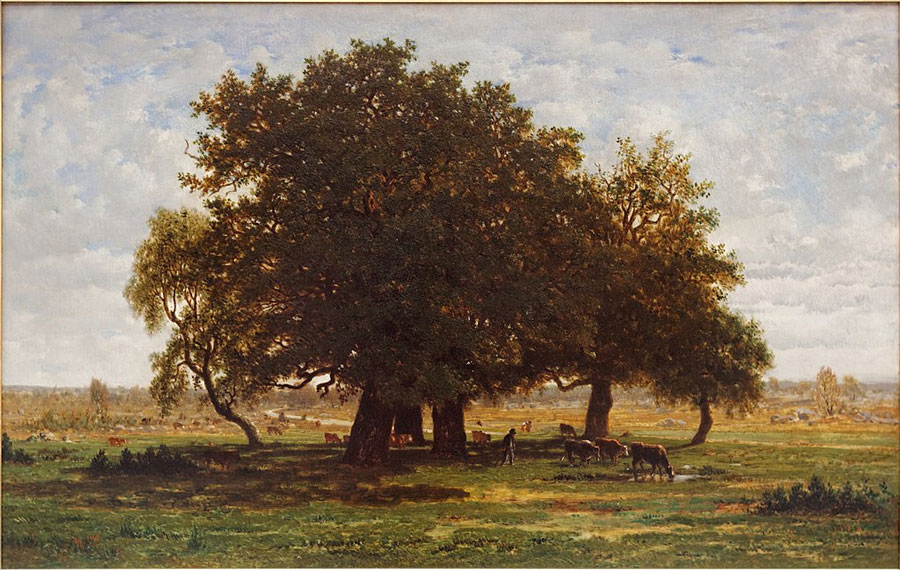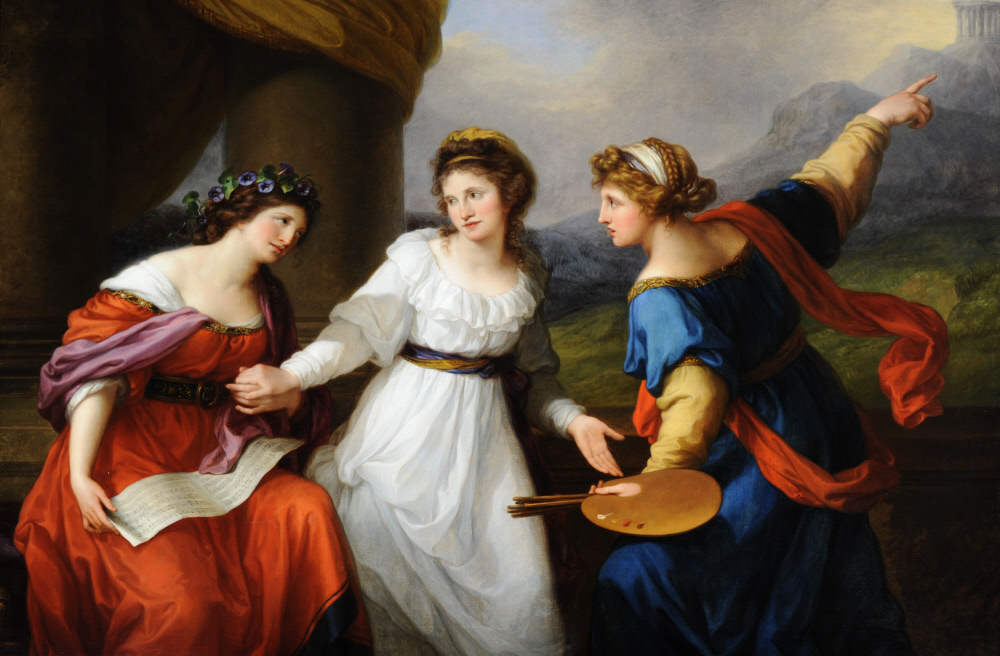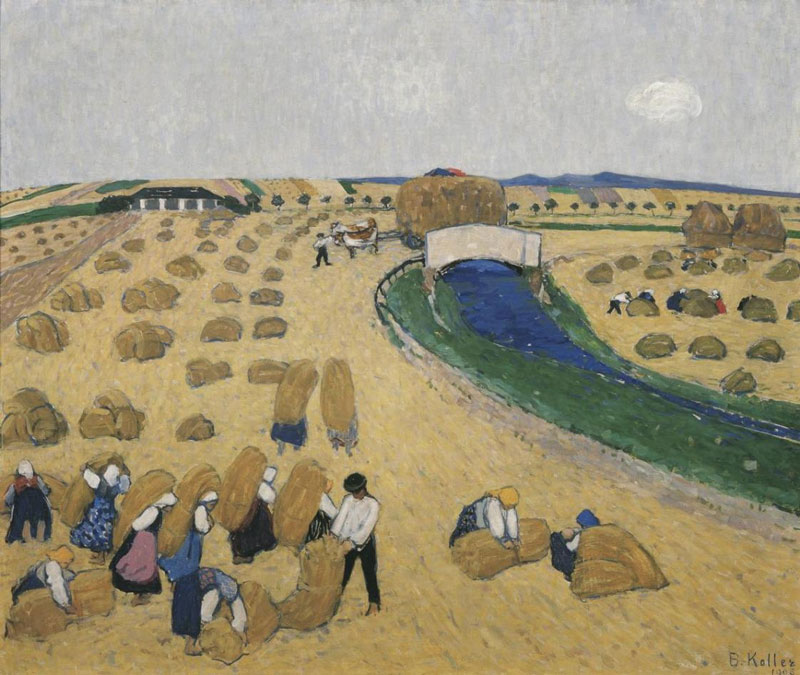Petit Palais presents “Théodore Rousseau: The voice of the forest”

From March 5 through July 7, 2024, the Petit Palais is presenting the first major exhibition devoted to the painter Théodore Rousseau (1812-1867), who made nature his religion his religion, his world and his refuge.
Source: Petit Palais · Image: Théodore Rousseau, “Groupe de chênes à Apremont”, 1850-1875, oil on canvas, Musée du Louvre, Paris
Rousseau can be considered a veritable proto-ecologist. Early in his career, he became the leader of the colony of artists who frequented the village of Barbizon and the forest of Fontainebleau. He spent long, solitary hours in the forest, sketching on the spot before producing his final works in his studio. His love of nature soon turned into a battle: together with other artists and writers, Rousseau took a new look at the forest of Fontainebleau, which led to the protection of part of it under the name of the famous “artistic reserves” (1853), a world first in the midst of industrialisation.
Both a romantic and a realist, Rousseau aspired to capture the harmony of the world, by mixing it with his soul. He blurred the boundaries between painting and drawing, between sketch and finished work. He experimented, adding matter, tirelessly retouching his canvases, going so far as to overload them to bring out the life of the forests. As Baudelaire wrote, he was a “naturalist constantly drawn towards the ideal”, and played a fundamental role in establishing a new French school of landscape painting in the mid-nineteenth century, paving the way for Impressionism.
Follow us on:


